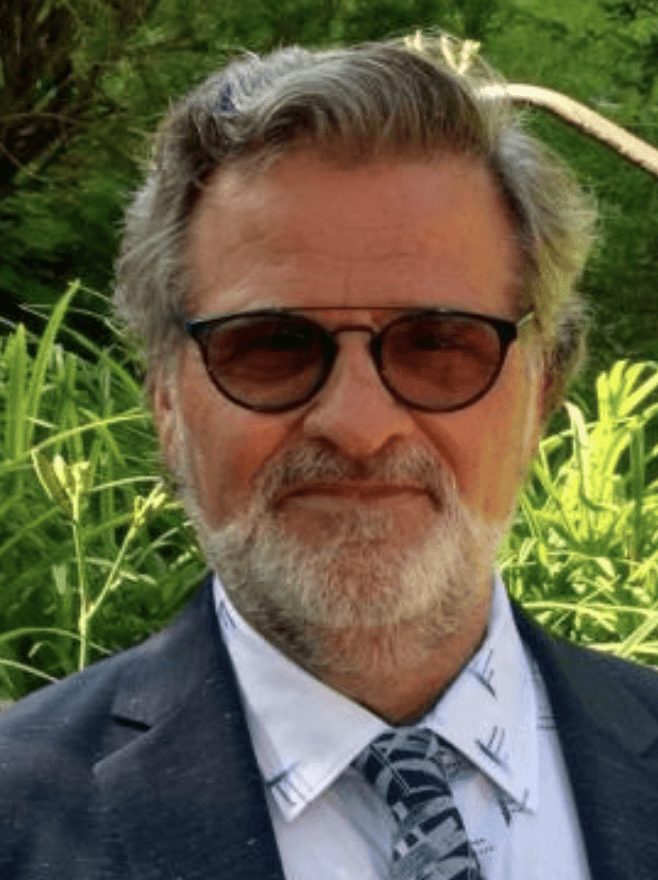
Denis Longchamps
PhD 2009, Concordia Unviersity
Executive Director, Canadian Clay and Glass Gallery
Denis Longchamps is the Executive Director at the Canadian Clay & Glass Gallery, having previously worked as the Artistic Director and Chief Curator at the Art Gallery of Burlington. An active curator, he is also the co-founder of the Canadian Craft Biennial and the former publisher and managing editor of Cahiers métiers d’art: Craft Journal (2006-2016). He contributes to magazines and journals such as Espace-Sculpture, Ceramics Monthly, and Ceramics Art and Perception.
How are you applying your art history degree and what do you value most about your doctoral experience?
My work is all about the research that goes into preparing exhibitions. I am passionate about contemporary and historical visual art and fine craft and my degrees in art history helped me hone my skills in research and writing. Because my PhD focused on 18th and 19th century Canadian art, it gave me the historical perspective to better understand contemporary art. It also helped me to refine my skills in critical thinking and writing — skills that can be applied to any subject including visual art and fine craft but also politics, philosophy and culture.
The people I met during my education – together with the opportunity to teach – were particularly invaluable aspects of my experience. The graduate seminars were held in small groups with no more than 12 students in each, which allowed for great discussion that generated thought provoking ideas and issues. There are also many opportunities that are offered to develop skills in multiple areas such as writing, teaching and curating. On top of that, I received financial support to attend and present at conferences overseas and in Canada.
I also benefitted from the opportunity to work as the administrator of the Jarislowsky Institute for Studies in Canadian Art. This strengthened my administrative skills which has been tremendously helpful as I work to keep exhibitions and institutions on budget. I will also always remember how Dr. Catherine McKenzie encouraged me to apply for a one-month fellowship with the Yale Center for British Art, which I received and completed in the summer of 2010, and how my very first meeting with Professor Elaine Cheasley Paterson led to an exhibition on contemporary craft, called “Recrafting Tradition”, which we presented in 2006 at the Musée des maîtres et artisans du Québec.
What advice would you give to someone considering graduate studies in Art History?
My biggest advice would be to go for it…the faculty and staff are there for you. They are very supportive and opportunities will come your way. You will grow as a researcher, scholar and writer and through the opportunities that will be offered to you, you will become a better human being. This growth happened to me and allowed me to get to where I am today.